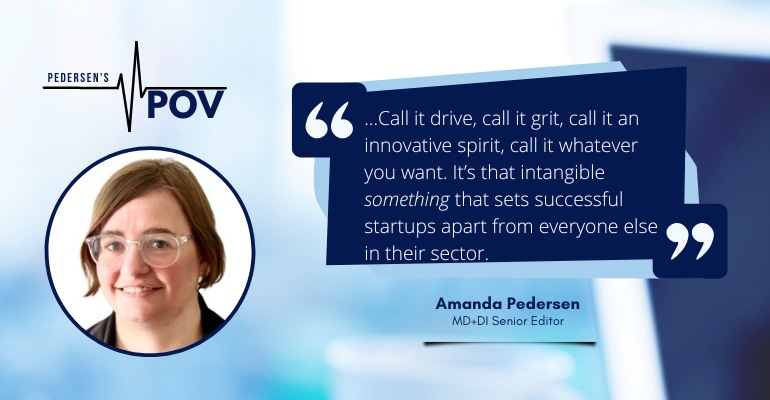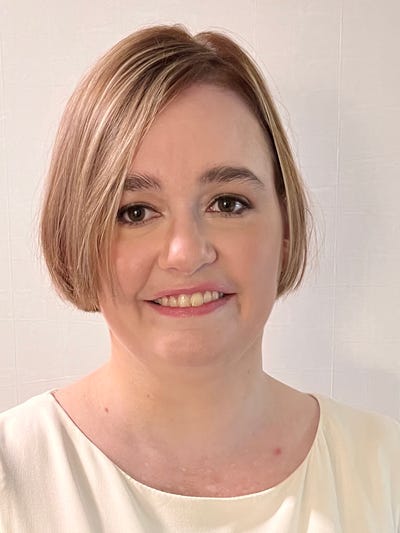Shoot Your Shot, Medtech
What do basketball and medtech have in common? More than you might think!
November 14, 2022

I’ve never been prouder of my son than the day he got cut from his eighth-grade basketball team.
A year later, when I look back at that day, I vaguely remember his tears, and the disappointment in his voice when he told me he didn’t make the team. But what I remember more clearly is how, later that same afternoon, he grabbed his basketball and asked to go to the park and practice shooting. The sting of getting cut only made him want to try harder and be more prepared next time around.
Had it been me at that age, I would have spent the afternoon pouring my disappointment onto the pages of my diary, convinced myself the whole system was rigged, and vowed to never touch a basketball again. I had a flare for the dramatics back then.
But that's not how my son responds to adversity.
Further disappointment came over the summer during his ninth-grade eye exam. We already knew he had amblyopia, more commonly known as lazy eye, and we previously attempted to treat it with vision therapy. But this was the first time an optometrist clearly explained to both of us how the condition impacts depth perception and, in turn, certain career paths and sports.
On the way home from that appointment, we talked about basketball. Yes, depth perception is a significant factor in basketball, I told him. But I was also clear that this didn’t mean he couldn’t play basketball, he just had to work that much harder than everyone else.
Trying out for the freshman team turned out to be far more intense than trying out in junior high. The high school basketball program begins two months before official tryouts with a rigorous schedule of body conditioning and skills training. But my son rose to the challenge and then some.
Throughout September and October, he worked harder at basketball than he’s ever worked at anything before.
On the occasional nights or weekends when he didn’t have practice, he spent hours at the YMCA working on his own as well as with upperclassmen who took the time to give him pointers and encouragement. And he soaked in every moment of that, knowing every word of advice, and every minute in the gym, counted. Knowing he would need every bit of help he could get come tryouts, which were last week.
All day Wednesday I prepared myself for the heartbreak and disappointment that might walk through the door after school. I thought about all the ways I could show my son how proud I was that he’d given it his all. I could borrow lessons from the business world about failing fast, and all the adversities facing every startup entrepreneur in the world.
Because essentially, his experience with basketball has been a lot like launching a startup. He lacks the experience of the other players, many of whom have been playing the sport since kindergarten. And he had to overcome his depth perception challenges, much like a startup must work twice as hard to compete against larger, more experienced players with more resources at their disposal.
But startups have something large-cap companies rarely have enough of; call it drive, call it grit, call it an innovative spirit, call it whatever you want. It’s that intangible something that sets successful startups apart from everyone else in their sector.
It’s that special relentlessness that drove NeuroOne to remain focused and persistent in the pursuit of its most recent FDA clearance after failing its first attempt.
And it’s that same relentlessness that led to an elated 14-year-old bursting through my front door Wednesday afternoon, his face practically glowing as he said, “I made the team, Mom.”
Pedersen's POV publishes every Monday. If there’s a topic you would like her to consider, email [email protected] (please put “POV” in the subject line).
About the Author(s)
You May Also Like



.png?width=300&auto=webp&quality=80&disable=upscale)
